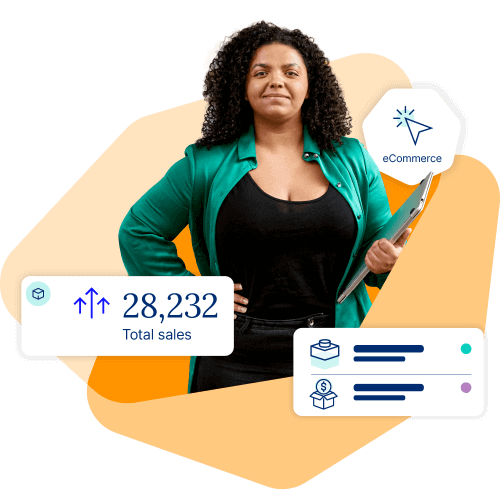

The bankruptcy of Australian electronics retailer, Dick Smith Group, continues to be instructive. According to press reports, the company’s administrators highlighted poor inventory planning as one of the key reasons for the group’s collapse. “Inventory decisions… were not consistent with consumer demand, and DSG was ultimately left with a considerable level of obsolete and inactive stock, requiring a major write down.”
Ignorance of successful inventory planning tactics is a result of poor business management by both large and small companies.
What does it take to correctly plan the right levels of inventory for your business?
Formulas or algorithms for calculating the optimum level of inventory have been available for many decades and are still the subject of research by mathematicians and operations research scientists striving to improve predictions for all sorts of business activities.
Unless you aspire to be a modern day Pythagoras, these planning algorithms have been incorporated into all manner of software, at a range of costs. Successful supply chain management requires an understanding of the key drivers behind the calculation formulas.
These drivers form the basis of inventory planning algorithms:
This is the most obvious. Quite simply, the more that customers want to buy from you, the more stock you’ll need to have on hand.
This statistical term is a measure of “spread” of demand around a mean. The more irregular or sporadic the demand is likely to be, the more stock that is required to be sure of delivering good service. Think of an ice cream seller stocking to cover hot and cold days as an example of sporadic demand.
If it takes two weeks to get a fresh supply of widgets from your supplier. If you sell ten items per week, you need twenty widgets just to cover the lead time for the next shipment.
If you have a supplier that averages two weeks to get stock to you, but can take one or four weeks, then you have to cover for when things arrive later than usual.
This formula calculates the optimum quantity of stock to purchase each time from specific vendors. This formula takes into account several factors – what it costs for you to place a single order to a supplier, quantity discounts, costs for holding inventory, and costs of stock-outs.
Are you wanting to hold enough stock to make sure that customers are satisfied 99% of the time? Or do you want to have sufficient quantities to satisfy them 95% of the time?.
In summary, inventory planning management algorithms consider all of these criteria, and more, to assist you in calculating how much inventory to hold.
An inventory planning process is the discipline for determining the optimum amount of inventory for delivering a prescribed level of customer service. The steps required for building the process are:
Segment your customers and your products according to the service level that you wish to deliver. This is done by using one of the most simple but effective of all management tools, the Pareto Distribution, or 80/20 rule. Eighty percent of sales typically come from 20% of your product range and 20% of your customers. Prepare a curve showing cumulative revenue against products or customers and see for yourself. It is these customers and these products that should receive your highest service level of service.
Give lower levels of service to less profitable products. Optimize your inventory investment in this way. Invest in smart people who have aptitude with figures. Invest in software that can manage and calculate required stock levels for your business. Even a mathematical genius could not carry out these calculations for a large business without assistance. One of the great advantages of great inventory and order management software is that it captures point of sale information and transmits it back to suppliers, reducing lead times, and lead time variance.
Make sure your software solution provides advanced analysis and reporting capabilities to help you better understand actual customer demand drivers. It should allow you to monitor your inventory performance by taking into consideration inventory turnover, stock-outs, stock in excess, and stock in obsolescence.
If you found this article helpful, and would like to learn more about Cin7 inventory and order management software, click here to book a demo.


Product companies have to innovate quickly in the coronavirus era. With increases in online shopping and demand for click-and-collect, retailers and wholesalers are doing everything from shifting their sales-channel focus to fundamentally changing how they do business.

Lost, obsolete or overstocked inventory drives up costs and destroys margins. Without inventory visibility, you won’t know your business is suffering until it’s too late.